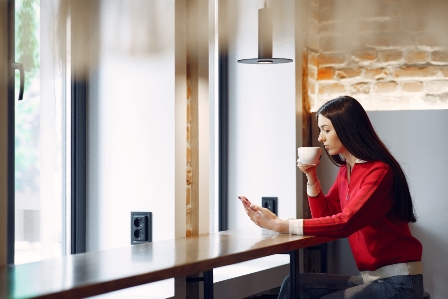UPVC windows have become increasingly popular in modern homes due to their numerous benefits. As homeowners prioritize energy efficiency and style, UPVC windows offer a perfect combination of functionality and aesthetics. In this article, we will explore the features, and installation process of UPVC windows, as well as their contribution to creating an energy-efficient and visually appealing home.
Understanding UPVC Windows
UPVC stands for unplasticized polyvinyl chloride, a rigid and durable material widely used in the construction industry. UPVC windows are made from this material and are known for their energy efficiency, low maintenance requirements, and versatility in design.
Energy Efficiency of UPVC Windows
One of the primary advantages of UPVC windows is their excellent energy efficiency. The material itself has high insulation properties, helping to prevent heat loss during colder months and heat gain during warmer months. This leads to reduced reliance on heating and cooling systems, resulting in lower energy consumption and decreased utility bills.
Durability and Low Maintenance
UPVC windows are highly durable and require minimal maintenance. Unlike wooden windows, UPVC windows are not susceptible to rotting, warping, or fading. They are resistant to moisture, termites, and other common issues that can affect traditional window materials. With UPVC windows, homeowners can enjoy long-lasting performance without the need for frequent repairs or painting.
Versatile Design Options
UPVC windows offer a wide range of design options to suit various architectural styles and personal preferences. They are available in different colors, finishes, and styles, allowing homeowners to customize their windows to match their home’s aesthetic. Whether you prefer a classic look or a more contemporary design, UPVC windows can be tailored to meet your specific requirements.
Installation Process for UPVC Windows
Installing UPVC windows requires professional expertise to ensure proper fit and functionality. The installation process typically involves the following steps:
1. Measurement and Assessment
Accurate measurements of the window openings are taken to ensure a precise fit. Professional installers will assess the existing window frames and conditions to determine any necessary modifications or repairs.
2. Removal of Existing Windows
If there are old windows in place, they are carefully removed to prepare for the installation of UPVC windows. This step involves proper disposal or recycling of the old windows.
3. Preparation of Openings
The window openings are cleaned, leveled, and prepared to accommodate the new UPVC windows. Any necessary adjustments or repairs to the surrounding structure are made at this stage.
4. Installation of UPVC Windows
The UPVC windows are installed into the prepared openings. The installers ensure a proper fit, alignment, and sealing of the windows. Appropriate hardware and techniques are used to securely fasten the windows in place.
5. Sealing and Insulation
To enhance energy efficiency and weather resistance, the gaps between the windows and the surrounding openings are sealed using high-quality sealants. Insulation materials may also be added to further improve thermal performance.
6. Finishing Touches
The installation is finalized by making any necessary adjustments, cleaning the windows, and removing any protective coverings. The functionality of the windows, such as opening and closing, is tested to ensure smooth operation.
Conclusion
UPVC windows offer a range of benefits that make them an excellent choice for homeowners seeking energy efficiency, low maintenance, and aesthetic appeal. With their exceptional insulation properties, durability, and versatile design options, UPVC windows contribute to creating an energy-efficient and visually pleasing home environment.
If you’re considering upgrading your windows, UPVC windows are definitely worth considering. Their long-term benefits, including energy savings, low maintenance, and enhanced comfort, make them a valuable investment in your home.













